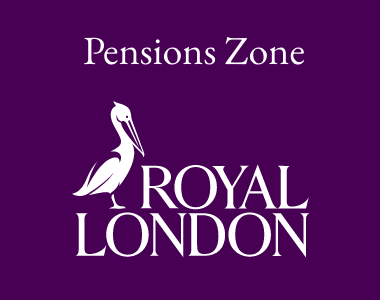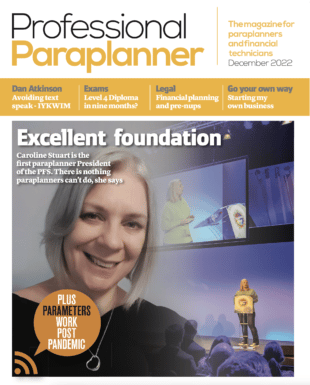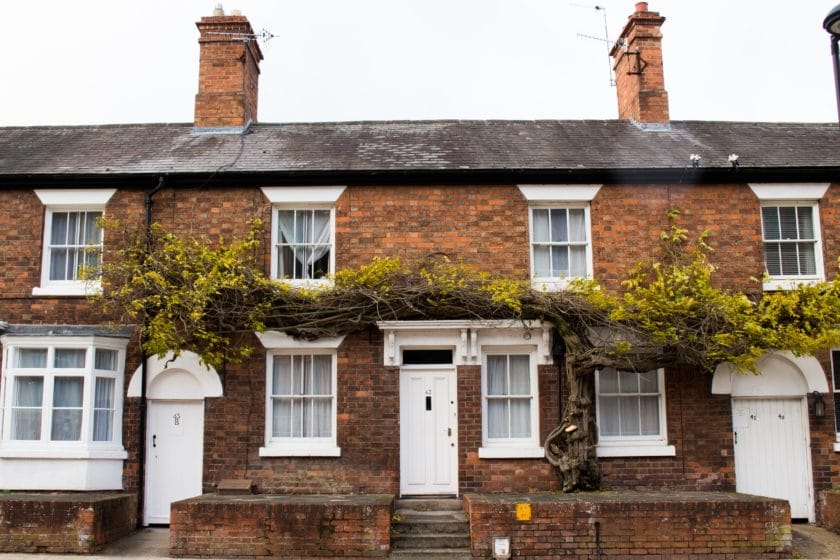In her regular article for Professional Paraplanner, Julia Peake Technical Manager, Nucleus, provides refresher on the RNRB, how and when it applies, the qualifying conditions and how the downsizing provisions works, including examples and calculations.
The RNRB was introduced in April 2017 and is currently set at £175,000, which is frozen until 2030 and unlike the NRB, it cannot be used for lifetime gifting. Like the standard NRB, the RNRB is transferrable between spouse/civil partner so long as the second death after 5 April 2017.
Qualifying criteria
Not all clients will be able to benefit from the RNRB as there are certain conditions that need to be met.
Firstly you will need a “qualifying interest”. In other words, the deceased needed to have lived in or had a qualifying interest to live in the property as their main home at the same time. The property doesn’t have to be their main residence when they die, so long as it was at some point during their lifetime. If you have more than one property which meets this requirement, then the personal representatives need to nominate which property to which the RNRB will apply. The RNRB will be capped at the value of the residence so if your property is only worth £150,000 that will be the value of the RNRB not £175,000.
Secondly, the property or its value needs to be left to a “lineal descendant”. This includes:
- children – including a stepchild, adopted child, foster child or child where deceased was appointed guardian
- their lineal descendants
- spouse / civil partner of lineal descendant
- widow / widower of predeceased lineal descendant unless remarried
- non-discretionary trusts for lineal descendants
- bare trust
- immediate post-death interest (IPDI)
- disabled person’s trust
- 18-to-25 trust
- trust for a bereaved minor
An immediate post death interest trust is created under a will takes effect immediately on death to give a beneficiary (life tenant) an immediate right to enjoyment of the trust asset. This could be a right to receive income or to live in a property. On their death the capital passes to remaindermen but is deemed to be in the life tenant’s estate for IHT purposes.
Example IPDI used:
Paul and Marcia, married, live in a property that Marcia owns solely. On her death the property passes to Paul via an IPDI who is entitled to live in the property for life and on his death the property passes to their children. As life tenant and Marcia’s widow spousal exemption applies and no nil rate bands are used. When Paul dies in December 2024 his personal representatives have his RNRB and Marcia’s (assuming her estate is less than £2m) because even though Paul does not own the property, he has ”qualifying interest” to reside in it as life tenant under the trust, the value of the property is in his estate and the property is left to lineal descendants.
Finally, where the net estate is over £2m, entitlement to the RNRB is tapered away at a rate of £1 for every £2 over the £2m. So, where a married couple has a combined estate of £2.7m they will not be entitled to any RNRB.
Calculating the net estate for the RNRB threshold differs from the calculation for the net estate subject to IHT. The £2m net estate thresholds considers:
- the value of the assets owned at the time of death net of any liabilities for example mortgages, equity release credit cards etc.
- Though you can’t deduct any exemptions or reliefs such as the spousal spouse exemption, or assets which benefit from 100% business relief or agricultural relief, these assets are included in the calculation but are excluded from the IHT calculation.
- Lifetime gifts made in the last seven years prior to death are not included in this calculation but would be in the IHT calculation.
Downsizing provision
Under the downsizing provisions, you should not be disadvantaged where a residence has been disposed and replaced by another of lower value or disposed of and there is no replacement by the time of death. You compare the percentage of the RNRB at the time of the disposal, with the percentage of residence nil rate band at the time of death and if you have sold or downsized after 7 July 2015 equivalent assets up to the amount of lost RNRB can benefit, provided those assets are left to direct descendants.
Example
Mike died in 2016 leaving 100% of his estate, (below £2m), to his wife Anne. In August 2019 she sells the house for £312,000 and buys a smaller property for £250,000.
She then dies in October 2024, (estate below £2m) so the downsizing provisions will apply but what is the value of the RNRB?
Step 1- work out the percentage of RNRB used when the property was sold.
- In tax year 2019/20 the RNRB was £150,000. To that we need to add the transferable RNRB plus any increase since the property was disposed of when Anne died. Mike died pre-April 2017, and net estate was below £2m, so the transferable RNRB when the house was sold in August 2019 is £175,000, £150,000 plus the increase to the date of Anne’s death (£25,000) meaning that the total RNRB is £325,000
- As the property was sold for £312,000 96% of the residence nil rate band has been used.
Step 2- work out the percentage of RNRB used on Anne’s death.
- When Anne died, in October 2024, the property was worth £290,500.
- The personal representatives can use her RNRB of £175,000 plus Mike’s unused RNRB of £175,000, totalling £350,000.
- As the property is worth £290,500 it only uses 83% of the available residence nil rate band.
- So, on Anne’s death her estate is entitled to the 83% that covers the property plus an extra 13% of RNRB.
- Total RNRB
- (£350,000 X 83%) £290,500 + (£350,000 X 13%) £45,500 = £336,000.
Main image: kirsten-drew-v-wkJZ4Dbac-unsplash































